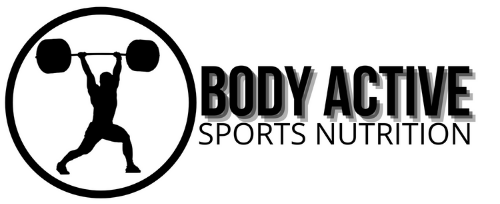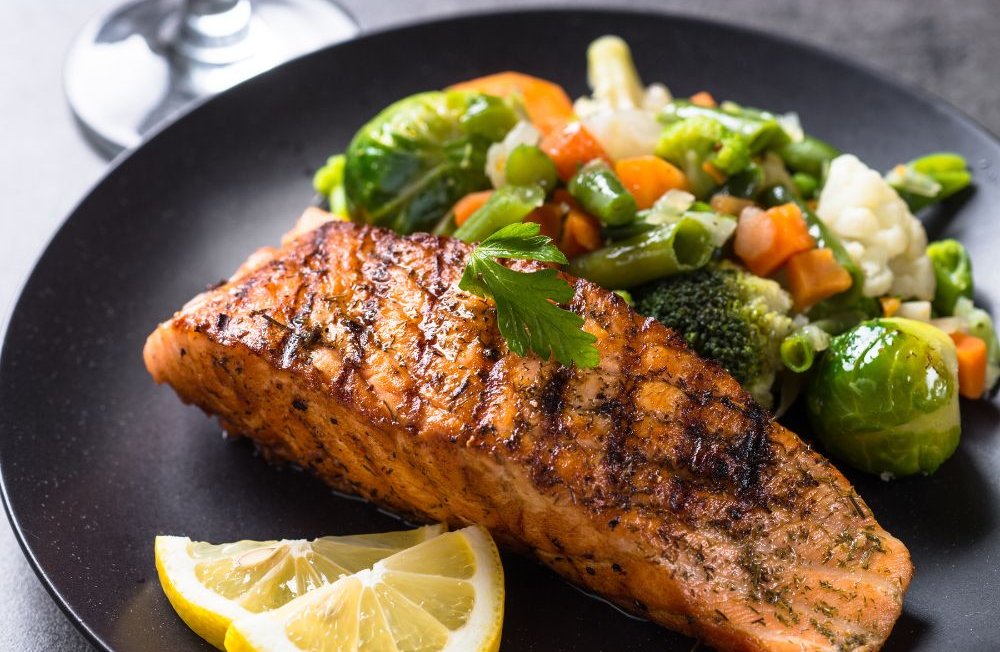When it comes to building muscle, the type of protein you consume is critical. Two popular options for protein sources are fish and chicken. Both have their unique benefits, and the choice between them can influence your nutrition and overall fitness goals. In this article “Fish vs. Chicken for Muscle Building: Which Is Best?,” we’ll compare fish and chicken regarding their nutritional profiles, benefits for muscle building, and considerations to help you make an informed decision.
1. Nutritional Profiles
Chicken:
- Protein Content: Skinless chicken breast is particularly high in protein, providing about 31 grams per 3-ounce serving.
- Fat Content: Chicken is generally low in fat, especially when skinless, with approximately 3 grams of fat per serving.
- Vitamins and Minerals: Chicken is a good source of B vitamins, especially niacin and B6, which are vital for energy metabolism and muscle recovery.
Fish:
- Protein Content: Fish is also an excellent protein source, with options like salmon providing around 22 grams of protein per 3-ounce serving, while lean fish like cod can offer about 20 grams.
- Fat Content: The fat content varies greatly between different varieties of fish. Fatty fish like salmon and mackerel have higher levels of healthy omega-3 fatty acids, while white fish like tilapia or cod are much leaner.
- Vitamins and Minerals: Fish is rich in omega-3 fatty acids, which can aid in muscle recovery and reduce inflammation. Additionally, it provides essential nutrients like vitamin D and selenium.
2. Benefits for Muscle Building
Chicken:
- Lean Protein Source: Chicken is a low-fat, high-protein option, making it ideal for those looking to increase muscle mass without excess calories.
- Versatility: Chicken can be cooked in various ways, from grilling to baking, making it easy to incorporate into meal prep.
Fish:
- Omega-3 Fatty Acids: The healthy fats in fish can enhance muscle recovery, improve joint health, and reduce inflammation, supporting overall performance.
- Creatine: Certain fish, such as salmon and tuna, contain creatine, which can help improve strength and muscle mass during resistance training.
3. Considerations
- Digestibility: Some individuals find fish easier to digest compared to chicken, which may be an important factor for those with sensitive stomachs.
- Sustainability and Ethics: The choice between fish and chicken can also be influenced by sustainability concerns. Opting for sustainably sourced fish can be a more environmentally friendly choice.
- Dietary Preferences: Personal preferences and dietary restrictions may affect your decision. Those looking for leaner options may prefer white fish, while others might enjoy the rich flavor of fatty fish.
4. Conclusion
Both fish and chicken offer significant advantages for muscle building, but they cater to different nutritional needs and preferences. Chicken is an excellent source of lean protein, making it suitable for those focused on muscle gain without excess fat. On the other hand, fish provides healthy omega-3 fatty acids and essential nutrients that can enhance recovery and overall health.
So, who wins the “fish vs. chicken” question? Ultimately, the best choice for muscle building will depend on your dietary preferences, nutritional needs, and fitness goals. Incorporating a variety of protein sources, including both fish and chicken, can help create a well-rounded diet that supports muscle growth and recovery. Remember to balance your protein intake with healthy carbohydrates and fats for optimal results.

